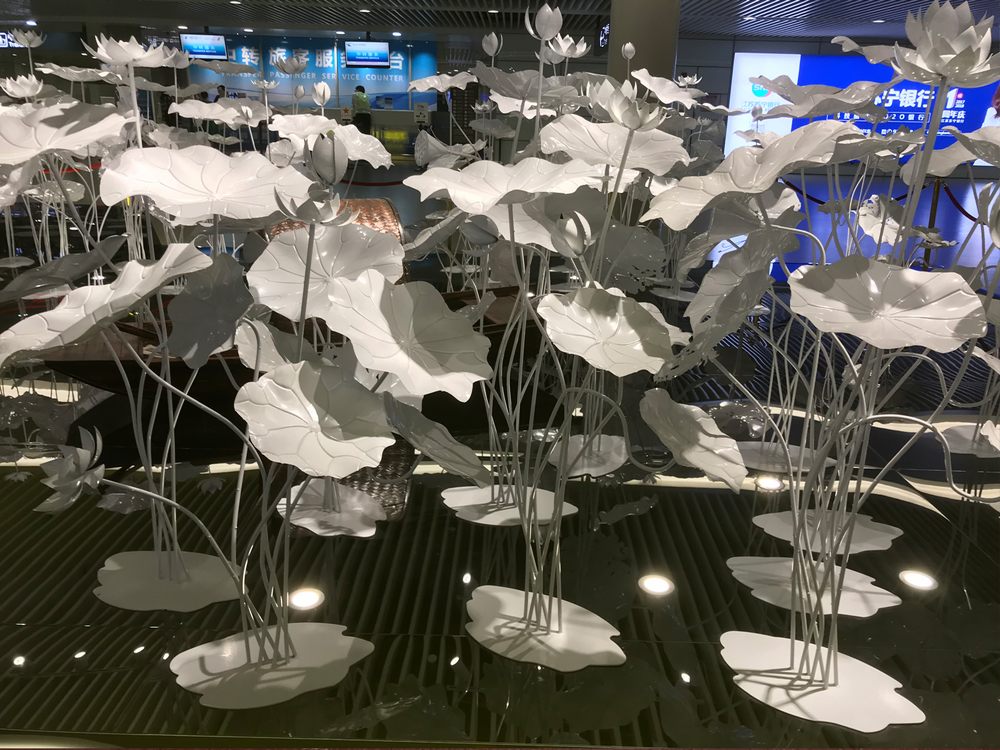
In the realm of stone carving, artists skillfully manipulate positive and negative space to evoke tension, depth, and emotion. Positive space refers to the solid forms of the sculpture, while negative space is the empty or open areas around and within them. By carefully balancing these elements, artists create a dynamic interplay that draws the viewer’s eye and enhances the narrative of the piece.
One technique involves exaggerating the contrast between the two spaces. For instance, a sculptor might carve deep recesses (negative space) next to sharply defined protrusions (positive space), creating a dramatic visual tension. This contrast can evoke feelings of movement, conflict, or harmony, depending on the artist’s intent.
Another method is the strategic use of asymmetry. By unevenly distributing positive and negative space, artists disrupt visual equilibrium, compelling the viewer to engage more deeply with the work. This technique often mirrors natural forms, where irregularity adds realism and emotional resonance.
Light and shadow also play a crucial role. The interplay of light across carved surfaces highlights the relationship between positive and negative space, amplifying the sense of tension. Shadows cast by deep cuts can transform negative space into an active component of the sculpture, blurring the line between form and void.
Ultimately, the mastery of positive and negative space in stone carvings lies in the artist’s ability to transform inert stone into a living, breathing expression of human experience. Through deliberate design and technical precision, they invite viewers to explore the delicate balance between presence and absence, solidity and emptiness.

